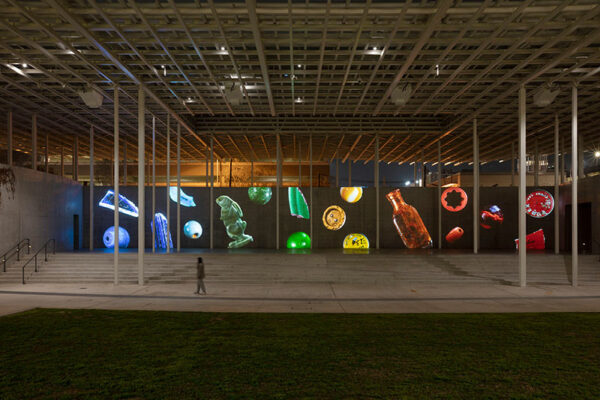
Teresa Hubbard / Alexander Birchler, “Past Deposits from a Future Yet to Come,” 2024. Installation view, Moody Amphitheater at Waterloo Park, Austin, TX. Commissioned by Waterloo Greenway, Austin. Photo: Kevin Todora
Para leer este artículo en español, por favor vaya aquí. To read this article in Spanish, please go here.
At 9:04 p.m. on a delightful spring evening, I sat alone on a grassy lawn facing the massive open-air stage of Moody Amphitheater in downtown Austin. The city around me was in its bedtime routine: a random car passed by on its way home, cicadas buzzed in the surrounding trees, and I-35 gently hummed behind me. A light breeze and cooling temperatures warned of the spring storm that would come through later that night. Right on schedule, a man emerged from the double doors on stage right. After some tinkering with his laptop, a projector lit up and he disappeared as quickly as he had come. Slowly, a choreography of brightly colored objects began spilling downwards on the massive 16 x 120-foot backdrop, indicating the start of that evening’s rendition of Past Deposits from a Future Yet to Come.
The public video art installation is Teresa Hubbard and Alexander Birchler’s most recent foray into large-scale moving images with accompanying sound. The collaborative duo, both professors in Studio Art at The University of Texas at Austin and often known simply as Hubbard / Birchler, unveiled the commission in March 2024 as part of Waterloo Greenway’s Moody Amphitheater project. Past Deposits from a Future Yet to Come offers a suggestive reminiscence on the city of Austin through its detritus: marbles, buttons, coins, bottles, keys, jewelry, caps, and ceramic shards, all long forgotten under the modern city’s soaring buildings until their unearthing near the turn of the last century. Hubbard / Bircher selected the artifacts — in their titular words, deposits — from a collection of 19th– 20th century materials found in the Waller Creek area, now housed at the Texas Archaeological Research Laboratory (TARL) at UT’s Pickle Campus.
In Hubbard / Birchler’s configuration, what were once small things are magnified into enormous versions of themselves. They become almost planetary in scale as they rotate, soar, and careen across the projected screen. The artists have organized the materials in a tantalizing array of ambiguous groupings. In this sense, the video is an intriguing take on museological systems of organization that often split artifacts into groups of study based on time period, geography, and peoples of origin. Those traditional points of reference are missing in Past Deposits from a Future Yet to Come. Here the artists have instead organized the deposits in an array of open-ended groupings that suggest shared functions, shapes, types, and most tantalizingly, colorful configurations. Highly pigmented reds and blues and yellows intermingle with their secondary cousins in monochromatic groupings before uniting in a vibrant rainbow of colors cascading across the screen.
Beyond the masterful use of color in Past Deposits from a Future Yet to Come, one of the most bewitching elements of the video installation is how it transforms miniscule moments into a multilayered narrative that feels both physically and emotionally monumental. The compilation is a collector’s paradise, full of tiny trinkets just waiting to be removed from dull underground fates and uplifted back to the world they came from. Small, forgotten things become treasures with storied pasts written into every crevice on their brightly colored surfaces. Each is a sign in its truest sense — evidence of entire lives lived, of people moving through the world, a small glimpse into their daily lives.
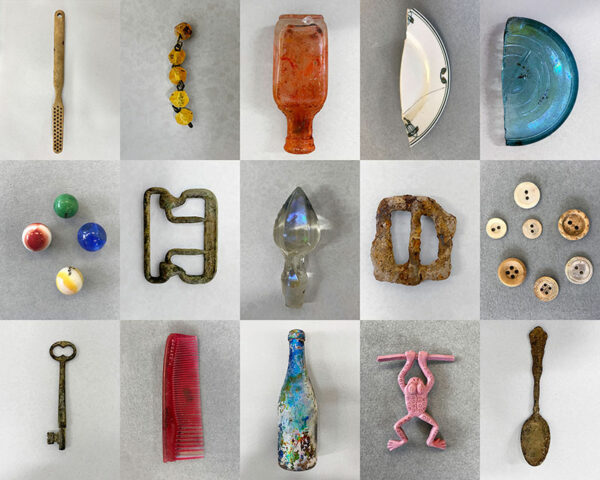
Teresa Hubbard / Alexander Birchler, Production still from “Past Deposits from a Future Yet to Come,” 2024. Courtesy of the artists
There is a touch of magical realism to Hubbard / Birchler’s work that is deeply captivating. Its take on an archaeology collection is childlike in the most joyful sense; the artists call forth play and speculation in their approach to re-presenting the past. It recalls the excess of the original 16th century Wunderkammern, also known as “wonder chambers” and “cabinets of curiosities,” that gave birth to the modern-day museum, as well as more modern takes on the practice like Mark Dion’s Tate Thames Dig (1999), which encompasses an organized survey of materials found during low-tide excavations. Unlike Wunderkammern, however, which were meant to be repositories for rare and exceptional things collected from around the globe, Hubbard / Birchler’s Past Deposits from a Future Yet to Come is tempered by local, everyday banality; for example, a Purex bleach cap, multi-colored plastic buttons, and pennies corroded from years buried underground.
The extraordinary qualities of Past Deposits from a Future Yet to Come only intensify when one follows the online instructions to download the AudioFetch app, connect to the site’s Wi-Fi, and listen to the video’s accompanying musical score composed by Alex Weston (a set of extra steps that is, admittedly, slightly vexing as a viewer). Once achieved, the effect of sound and sight together are moving. Together, they set an atmospheric, poignant, and even cinematic tone that raises the video’s banal objects to remarkable subjects. The undulating movement of things across the screen no longer seems random, but almost celestial, where the orbit of one pushes and pulls on the next as if notes composed together on a page.
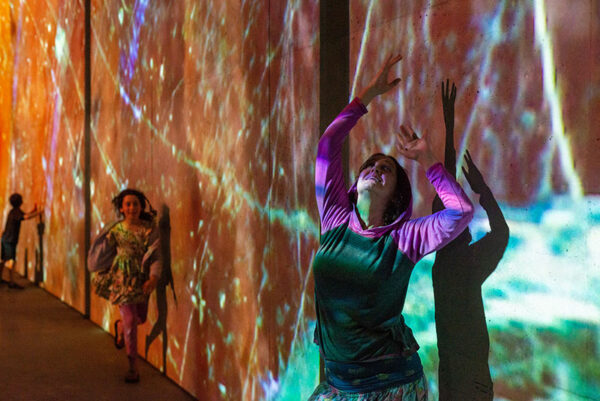
Teresa Hubbard / Alexander Birchler, “Past Deposits from a Future Yet to Come,” 2024. Opening Event, Moody Amphitheater at Waterloo Park, Austin, TX. Commissioned by
Waterloo Greenway, Austin. Photo: Sandy Carson
Past Deposits from a Future Yet to Come offers a strikingly beautiful treatment of unbeautiful things within a setting that reflects a similar juxtaposition. The installation is a welcome moment of aesthetic respite in the overwhelming hum of the bustling city that Austin has become. Similarly, Waterloo Greenway is a verdant oasis within the middle of the steel and concrete of Downtown Austin. It comprises a 1.5-mile park system space adjacent to the state’s capital building, with trails winding across seasonally lush green spaces and open-air gathering spots. Waterloo Greenway presents itself as a symbolic and physical artery through the heart of Austin’s downtown landscape. It is described online as “on its way to becoming a wondrous public park that celebrates the spirit of our community.” In this sense, Hubbard / Birchler’s work is an ideal addition to the location with its wondrous take on mundane human belongings. The duo joins a community of international artists including Orly Genger, Arturo Herrera, Guadalupe Maravilla, and Ai Weiwei who have transformed the park system’s public spaces over the last ten years with multimedia installations that integrate art and environment.
While Waterloo Greenway envisions itself bringing the Austin community together through “uplifting experiences that reflect our city’s diversity,” who the constituents of that community are is a historically sticky question that the city continues to grapple with today. As with many major cities across the United States, Austin has a torrid history of forced removal and racial segregation that gets overwritten with time; one need only think of Pease Park (previously the Woodlawn Plantation, owned by former Texas Governor Elisha Marshall Pease and his wife Lucadia Pease), and the 1928 City Plan that forced many African Americans to relocate to East Austin (now the heart of gentrification in the city), amongst many other examples. The Waller Creek Conservancy that oversees the various locations of Waterloo Greenway is itself named after Edwin Waller: Austin’s first mayor, a signer of the Texas Declaration of Independence, and a slave owner who represented Austin County at the Secession Convention of 1861. (These histories are explored alongside many others in a 2018 report on Waller Creek undertaken by Waller Creek Conservancy, accessible on their History page here).
I could not help but turn over these conflicting narratives in my mind as I sat in the Waterloo Greenway grounds, looking up at the spire of the Texas State Capitol Building piercing the sky above Moody Amphitheater. How are these more difficult stories accounted for at a place like Waterloo Greenway, and by works like Past Deposits from a Future Yet to Come? In its title, the work suggests a continuous revolution of time where the past, present, and future are always meeting, meeting, meeting. Its meaning is tethered to the viewer experiencing this momentum. Returning repeatedly to Hubbard / Birchler’s work in the following weeks, I thought of the writer Lucy Lippard’s well-known text The Lure of the Local, in which she writes about the centrality of place to a community’s sense of the local. For Lippard, place is a concept that is,
entwined with personal memory, known or unknown histories, marks made in the land that provoke and evoke. Place is latitudinal and longitudinal within the map of a person’s life. It is temporal and spatial, personal and political. A layered location replete with human histories and memories, place has width as well as depth. It is about connections, what surrounds it, what formed it, what happened there, what will happen there.
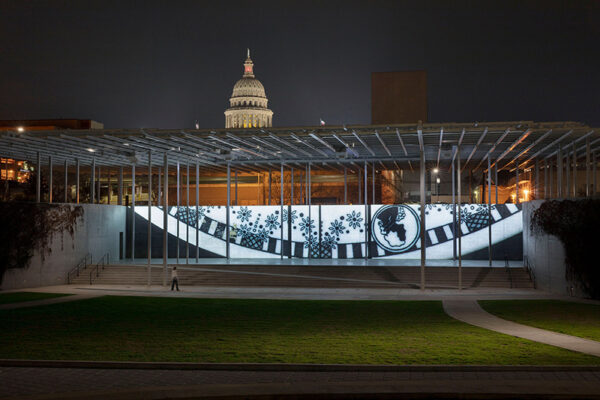
Teresa Hubbard / Alexander Birchler, “Past Deposits from a Future Yet to Come,” 2024. Installation view, Moody Amphitheater at Waterloo Park, Austin, TX. Commissioned by Waterloo Greenway, Austin. Photo: Kevin Todora
Past Deposits from a Future Yet to Come is a distillation of the place we know as Waterloo Greenway. The work is by nature dynamic, multidimensional, and self-reflective, mirroring the inner musings of those who encounter it. Written here are some of my own, which are only one layer of many. Hubbard / Birchler’s video works are often decidedly open-ended in this way. There are no keys to the maps they create. In this regard, Past Deposits from a Future Yet to Come is an invitation for Austinites to ask ourselves what we want Austin’s history to signify about its future. It offers viewers a new way to re-imagine the city: as it was, as it is, and as it must be. In Past Deposits from a Future Yet to Come, we can step back into a future that is still being written.
Past Deposits from a Future Yet to Come is free and shown every night, half an hour after sunset until 10 p.m., at Moody Amphitheater at Waterloo Park, except for evenings when a ticketed concert or other special event is taking place. For more information and specific viewing times, go here.

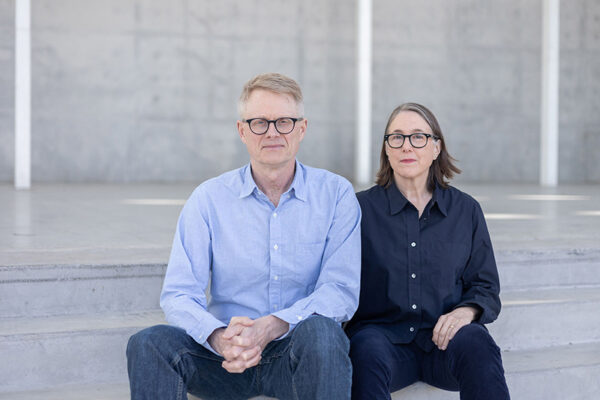
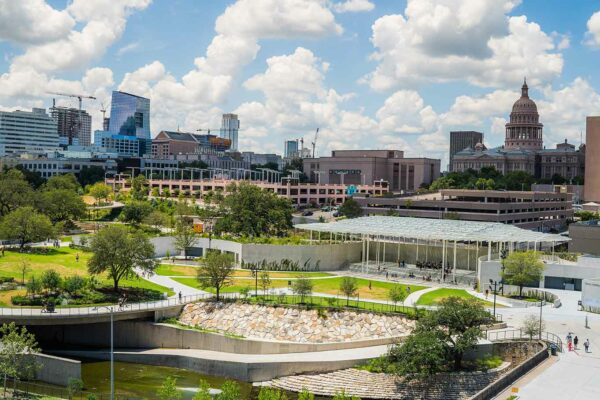













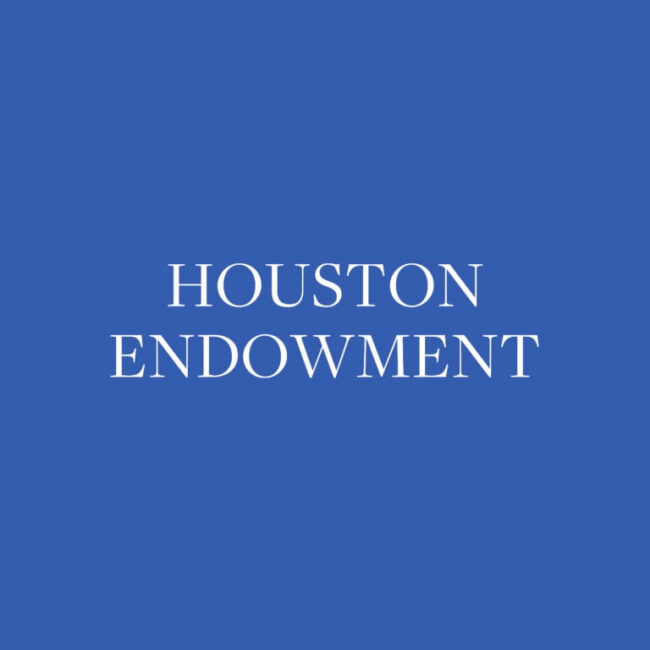
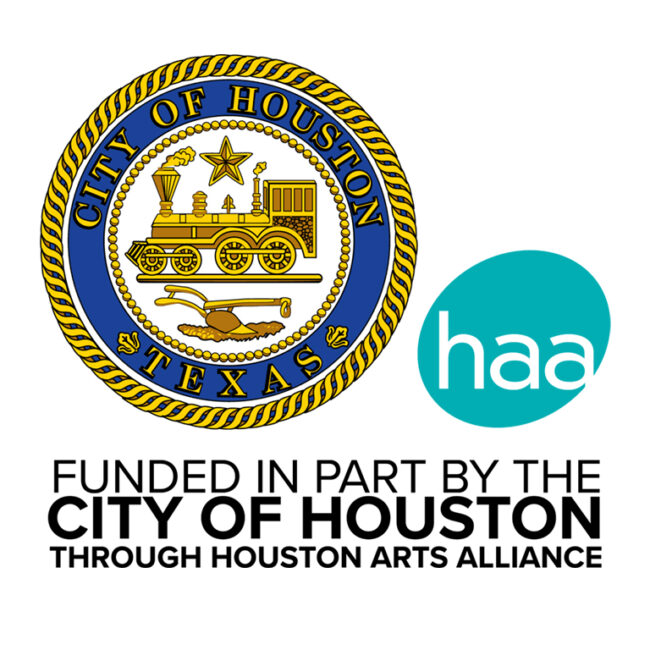
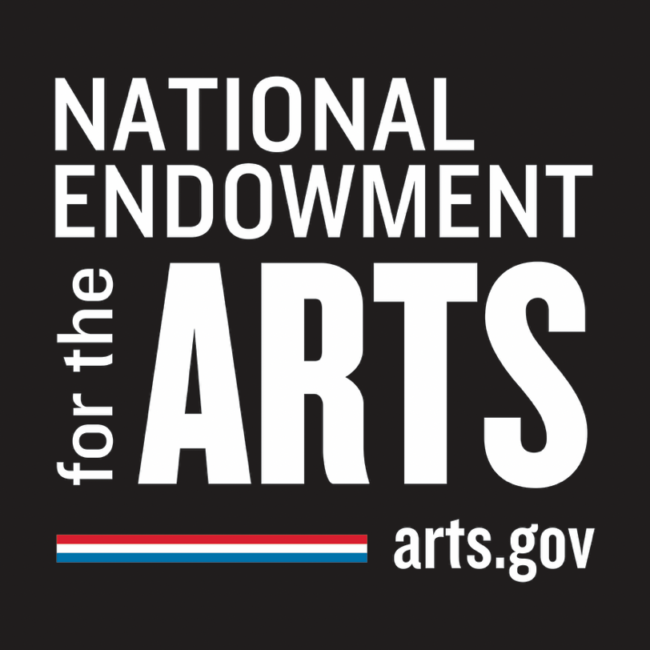
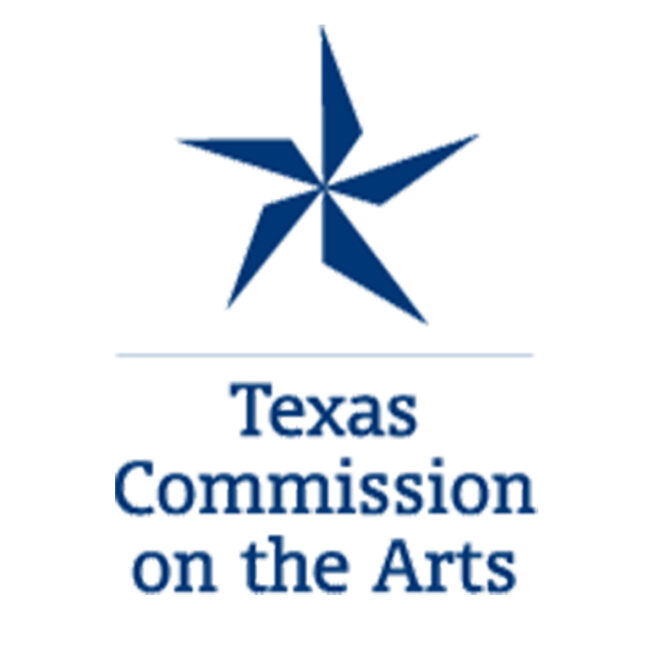

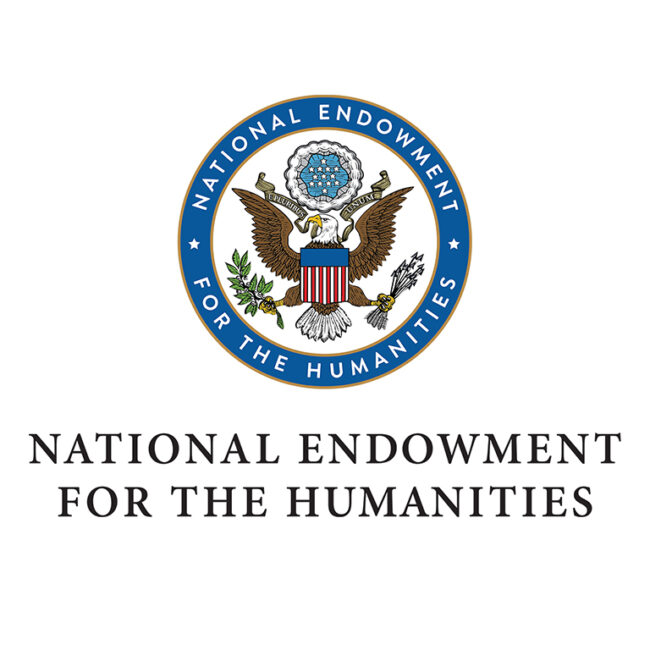
Recent Comments